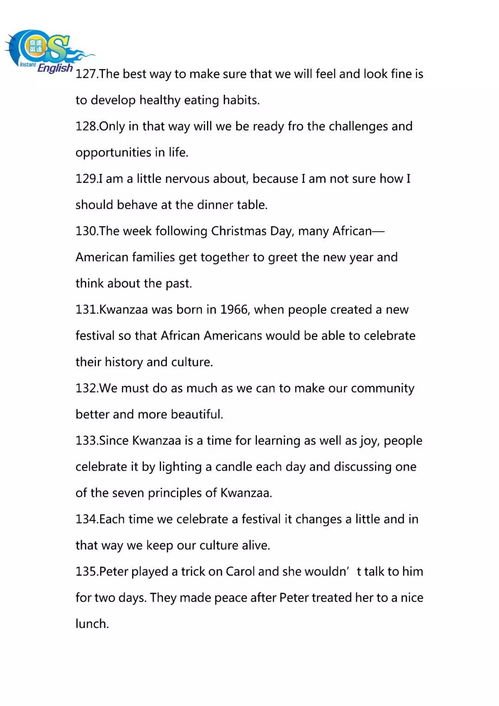Exploring the Depths of English Poetry: An Appreciation
English poetry, with its rich history spanning centuries, offers a treasure trove of literary gems worth exploring. From the metaphysical musings of John Donne to the romantic verses of William Wordsworth and the modernist innovations of T.S. Eliot, each era has contributed unique perspectives and styles to the canon of English poetry. Let's delve into a few noteworthy poems that exemplify the beauty and depth of this art form.
1. "The Love Song of J. Alfred Prufrock" by T.S. Eliot
T.S. Eliot's "The Love Song of J. Alfred Prufrock" is a modernist masterpiece that delves into the psyche of its protagonist as he grapples with existential angst and the fear of social inadequacy. Through its fragmented structure and streamofconsciousness narrative, Eliot captures the fragmentation and disillusionment of the modern world. Lines like "Do I dare / Disturb the universe?" resonate with readers, inviting them to contemplate the universal themes of identity, alienation, and the passage of time.
2. "Howl" by Allen Ginsberg
Allen Ginsberg's "Howl" is a raw and unapologetic portrayal of the Beat Generation's disillusionment with mainstream society. Written in the aftermath of World War II, the poem is a passionate outcry against the conformity and consumerism of postwar America. With its frenetic energy and incendiary language, "Howl" challenges societal norms and celebrates the individual's quest for authenticity and spiritual fulfillment. Ginsberg's evocative imagery and rhythmic intensity make "Howl" a landmark work of countercultural literature.
3. "Dover Beach" by Matthew Arnold
Matthew Arnold's "Dover Beach" is a contemplative meditation on the erosion of faith and the existential despair of the modern age. Set against the backdrop of the eponymous shoreline, the poem juxtaposes the natural beauty of the sea with the human condition's uncertainty and transience. Arnold's elegiac tone and melancholic imagery evoke a sense of profound loss and longing, as he grapples with the decline of religious belief and the fragility of love and human connection.
4. "The Waste Land" by T.S. Eliot
T.S. Eliot's "The Waste Land" stands as a seminal work of modernist poetry, renowned for its fragmented structure, intertextuality, and evocative imagery. Drawing on a vast array of cultural and literary references, the poem presents a fragmented portrait of a world in decline, ravaged by war, spiritual decay, and cultural fragmentation. Through its exploration of themes such as isolation, disillusionment, and the search for meaning, "The Waste Land" reflects the disillusionment and uncertainty of the postWorld War I era.
5. "Ode to a Nightingale" by John Keats
John Keats' "Ode to a Nightingale" is a lyrical masterpiece that celebrates the transcendent power of art and the fleeting beauty of life. Inspired by the song of a nightingale, Keats reflects on the ephemeral nature of human existence and yearns for a state of timeless bliss. Through its rich imagery and sensual language, the poem transports readers to a realm of poetic enchantment, where the boundaries between reality and imagination blur. "Ode to a Nightingale" remains a testament to Keats' poetic genius and his ability to capture the ineffable beauty of the natural world.

In conclusion, these poems represent just a glimpse into the vast and diverse landscape of English poetry. Each work offers a unique perspective on the human experience, inviting readers to explore profound themes of love, loss, longing, and the search for meaning. As we delve into these timeless masterpieces, we are reminded of the enduring power of poetry to illuminate the depths of the human soul and enrich our understanding of the world around us.











